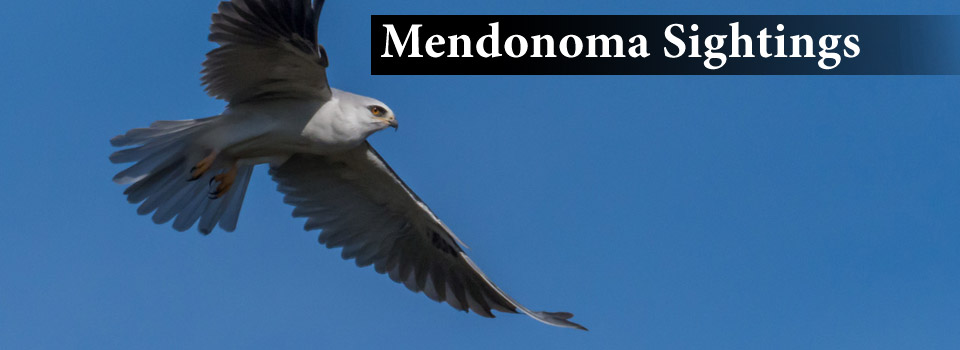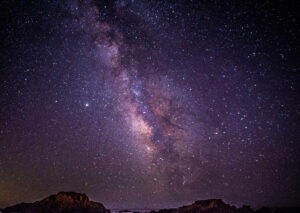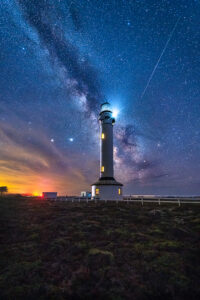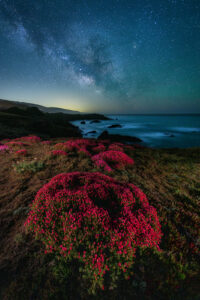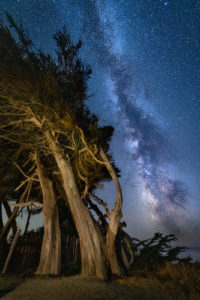On July 13th, Paul Thompson photographed the lovely sight of Saturn glowing a golden color next to the larger Jupiter, with the Milky Way splashed across the sky.
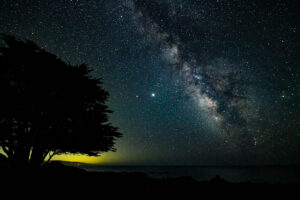
Paul wrote, “Two planets from our solar system can be seen, the brightest is Jupiter, and Saturn a bit to the left. We also see the distinctive shape of the Milky Way, actually our own galaxy viewed from the middle outward. This photo was taken down-coast from the North end of Sea Ranch, the yellow glow is from Santa Rosa street lights.”
The Mendonoma Coast is known for its lack of light pollution, giving photographed and star gazers a chance to see such a beautiful sight.
Thanks to Paul for allowing me to share his photo with you here.
Another foggy day on the immediate coast, pulling back in the mid-afternoon. Must be summer!
